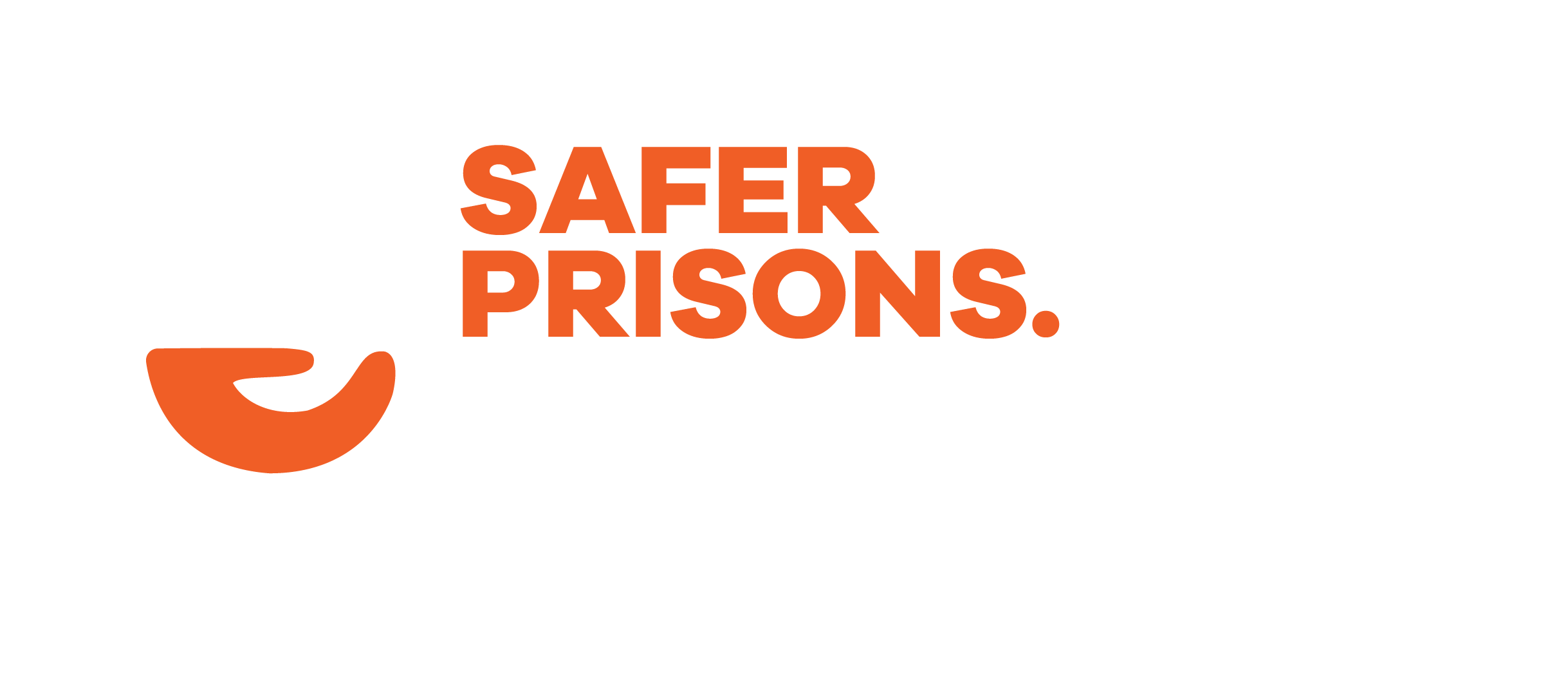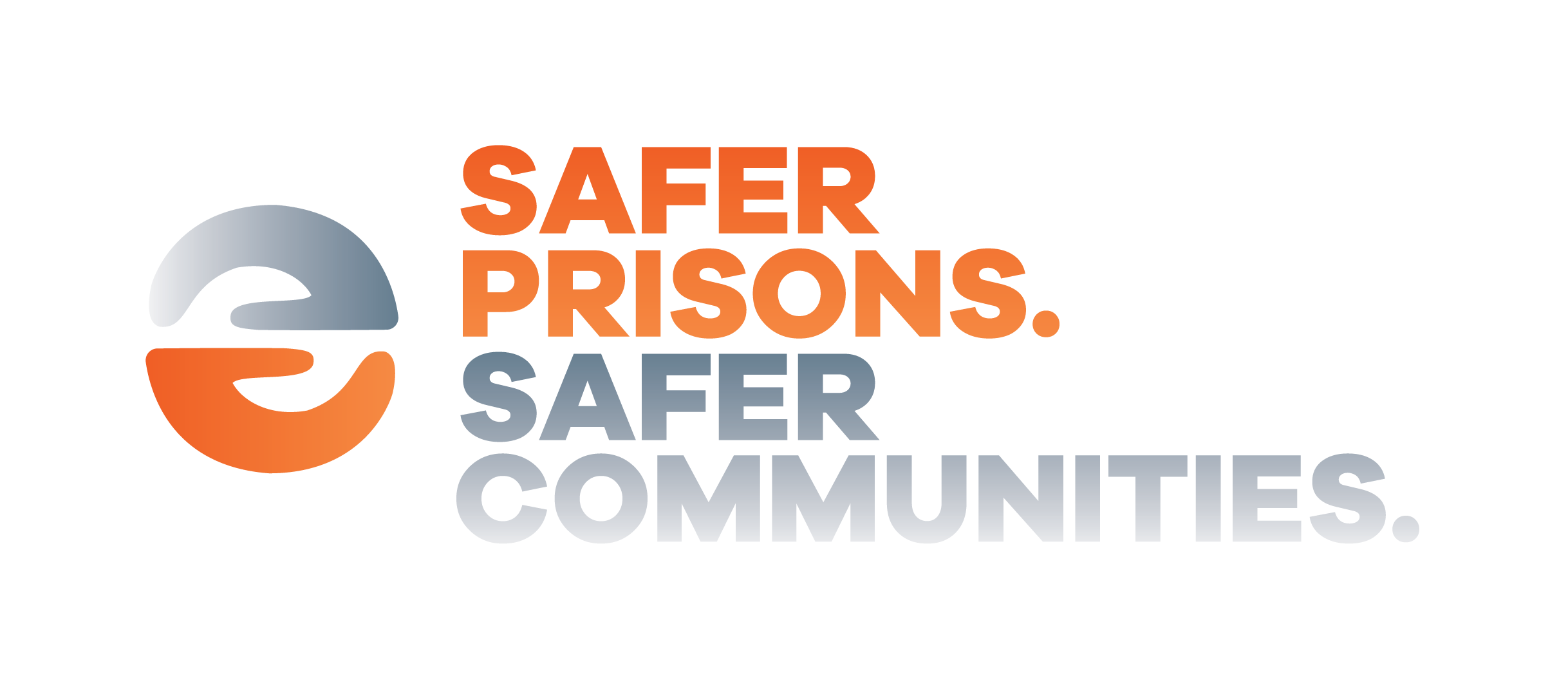We are in the midst of a profound crisis in our nation’s correctional system.
Across the country, our nation’s prisons are dangerously understaffed and overcrowded.
Policymakers must act now to protect the health and safety of correctional staff, incarcerated people, and the public at large.
Prisons across the country are dangerously understaffed, overcrowded, and plagued by rapidly deteriorating conditions.
One Voice United (OVU) and FAMM, two leading organizations representing correctional staff (OVU) and incarcerated people and their families (FAMM), have joined together to form the Safer Prisons, Safer Communities campaign.
For too long, our constituencies have been pitted against one another while the safety and wellbeing of our colleagues, friends, and loved ones has suffered. While it may be surprising to some people that we would work together to draw attention to this crisis, we know our fates are intertwined and we have a shared goal of ensuring the health and safety of everyone who works and lives in prison.
EndorseFor too long, our constituencies have been pitted against one another while the safety and wellbeing of our colleagues, friends, and loved ones has suffered. While it may be surprising to some people that we would work together to draw attention to this crisis, we know our fates are intertwined and we have a shared goal of ensuring the health and safety of everyone who works and lives in prison.
SAFER PRISONS SAFER COMMUNITIES
In The News
July 9, 2025
You can see the steam off the ground': Wisconsin slow to add cooling system in prisons despite rising heat
Despite pledges, the Department of Corrections has made progress installing air cooling systems in only one facility of the seven it had promised.
The stifling temperatures can mean dangerous conditions for correctional staff and prisoners, contributing to medical emergencies and potentially violating prisoners' Constitutional rights, a situation that can result in lawsuits that leave taxpayers responsible for legal payouts.
Read ArticleJuly 5, 2025
Rising CT correction officer overtime sparks cost, safety concerns
OVU mentioned / Brian Dawe quoted - The state’s Department of Correction doled out a total of $110.8 million in overtime to correction officers in 2024 – a 30.5% increase from 2015. No public agency in Connecticut spends more taxpayer dollars on overtime than the DOC, according to 2024 budget numbers.
Brian Dawe, director of One Voice United, a national non-profit which advocates for correction officers, said understaffing in Connecticut and across the country is forcing many officers to work long hours, leading to excessive spending on overtime. The intense schedules can be harmful and dangerous, he said.
“It is a national staffing crisis,” said Dawe, who is a retired correction officer. “We have staff working three or four 16-hour shifts. You have eight hours off and go back for another 16-hour shift. This will destroy you and your family.”
Dawe said the grueling work hours coupled with other on-the-job conditions correction officers face contribute to why the profession has the highest suicide, PTSD and divorce rates among public employees. “We are No. 1 in all those categories,” Dawe noted, referring to correction officers.
Read ArticleJuly 4, 2025
Prison oversight office approved, but lacks funds to get started
Arizona is en route to creating an oversight office to monitor and report on the state Department of Corrections, Rehabilitation and Reentry after approval from the governor.
All that’s missing is the money.
Lawmakers and criminal justice reform advocates finally pushed a bill to enact an independent prison oversight mechanism over the finish line after a series of unsuccessful legislative sessions. But, with no appropriation in the state budget to get the office started, securing funding, either from the Legislature next session or from private or federal grants, stands as the next step in transforming the idea of an oversight office to a full-fledged government body.
Read Article
